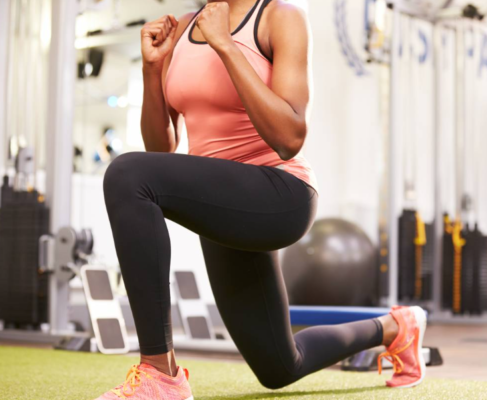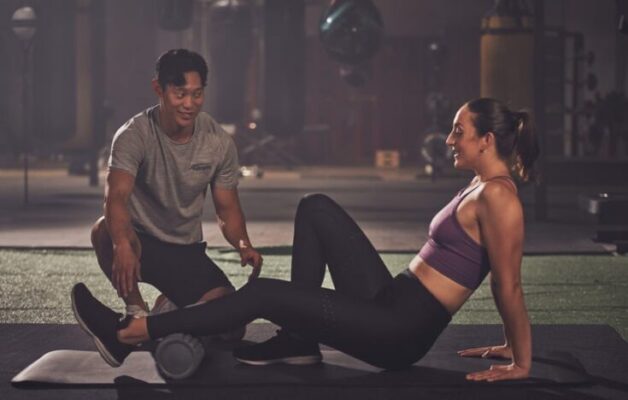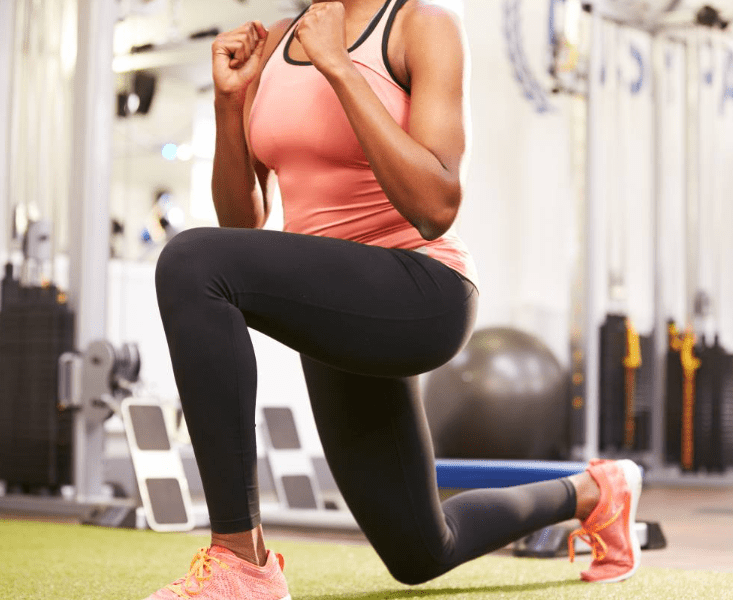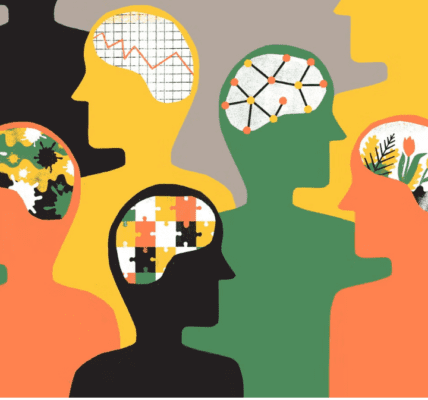Strengthening the Less Dominant Side: Essential Insights for Balancing Your Body’s Strengths

It’s common for one side of our body to be stronger and more coordinated than the other. Whether you’re right or left-handed, having a dominant side is a natural aspect of human anatomy. However, when this dominance becomes excessive, it can lead to pain, weakness, and potential injuries. This article explores the reasons behind side dominance issues and provides practical tips on how to strengthen the weaker side of your body.
Understanding the Problem
How Sidedness Becomes a Problem
Sidedness often becomes problematic in physically demanding professions or daily activities. For instance, professional athletes, like Major League Baseball pitchers, frequently overuse their dominant arm, leading to injuries. Additionally, activities that involve repeated motions, like scanning items as a cashier or carrying a baby on one hip, can contribute to chronic pain and increased injury risk. Failing to rehabilitate properly after an injury on the nondominant side can also result in prolonged reliance on the dominant side.
Addressing Imbalances in Daily Activities
Cultivating Awareness
The first step in correcting imbalances is cultivating awareness. By recognizing activities that contribute to sidedness, individuals can make simple changes to counteract overuse. Switching the shoulder on which you carry a bag, adjusting your standing position, and changing your sitting habits can all contribute to a more balanced use of both sides of your body. Even activities like walking can be assessed for balance, with uneven shoe wear serving as an indicator of potential imbalances.
Work Out to Balance Out
Unilateral Training
Counterintuitively, focusing on one side at a time through unilateral training is the most effective way to promote symmetry in exercise. Unilateral exercises, such as single-leg or single-arm exercises, ensure equal effort on both sides. Dumbbells, due to their independence for each limb, are particularly effective in preventing compensation by the dominant side. Integrating unilateral exercises like lunges, single-leg Romanian deadlifts, and single-arm rows into a fitness routine can help correct existing imbalances and prevent their development.

Leveraging Science for Corrective Exercise
Unilateral training offers a unique advantage in rehabilitation. Research supports the concept of cross-education training, where training one side of the body indirectly stimulates and strengthens the other side. This phenomenon is particularly useful in rehabilitation scenarios, such as recovering from injuries that affect one side. For non-injured individuals looking to correct imbalances, cross-education training provides an efficient and practical pathway to balanced strength and stability.
Also read : How to boost mental health
In conclusion, understanding and addressing side dominance is crucial for maintaining a healthy, pain-free body. By cultivating awareness of daily activities that contribute to imbalances and incorporating unilateral training into a fitness routine, individuals can strengthen their weaker side effectively. Additionally, leveraging the science-backed concept of cross-education training provides a well-rounded approach to both rehabilitation and proactive correction of imbalances. Ultimately, embracing these strategies allows individuals to appreciate the strengths of their dominant side while ensuring a balanced and injury-free physical experience.




